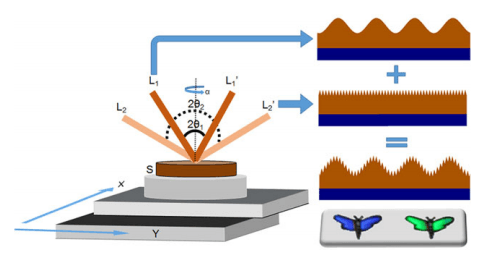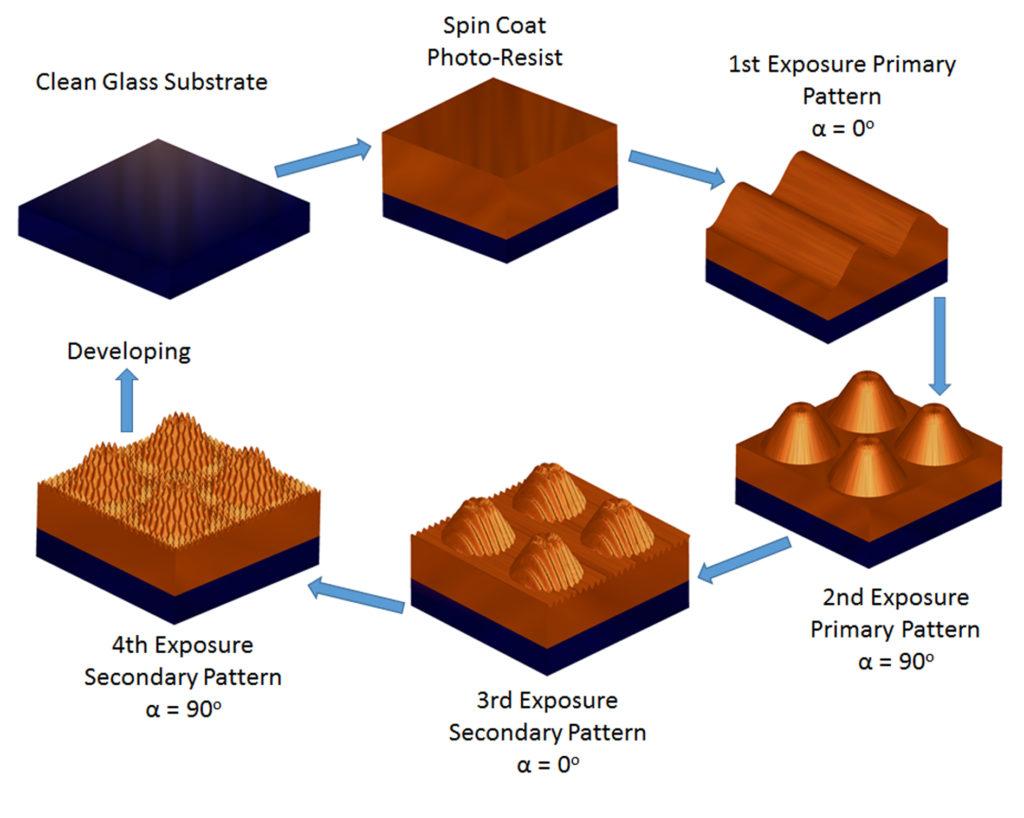 3D printing may be one of the newest methods of fabrication, but in many cases, it also takes cues from the oldest fabrication techniques in the world – older than humanity, in fact. Biomimicry, in short, is the practice of designing based on nature, and we’ve seen many examples of it being merged with 3D printing to create stronger structures, smarter technology, and beautiful art. Branch Technology, for instance, has made “Build Like Nature” their motto, and has demonstrated the effectiveness of the philosophy with their lightweight, super-strong 3D printed walls inspired by natural cellular constructs. We’ve seen 3D printed concepts for armor based on fish scales, 3D printed tools based on sea urchins, and 3D printed dresses inspired by mathematical concepts, among much more.
3D printing may be one of the newest methods of fabrication, but in many cases, it also takes cues from the oldest fabrication techniques in the world – older than humanity, in fact. Biomimicry, in short, is the practice of designing based on nature, and we’ve seen many examples of it being merged with 3D printing to create stronger structures, smarter technology, and beautiful art. Branch Technology, for instance, has made “Build Like Nature” their motto, and has demonstrated the effectiveness of the philosophy with their lightweight, super-strong 3D printed walls inspired by natural cellular constructs. We’ve seen 3D printed concepts for armor based on fish scales, 3D printed tools based on sea urchins, and 3D printed dresses inspired by mathematical concepts, among much more.
In a new research paper entitled “Angle-multiplexed optical printing of biomimetic hierarchical 3D textures,” a team of scientists from China’s Jilin University studied patterns in nature to create 3D printed textured polymer surfaces that combine different mechanical, structural and optical properties.
“Materials in nature especially bio-materials have hierarchial and fractal structures on different geometrical scale which we have to replicate and possibly to surpass in functionality by modern 3D fabrication,” the researchers explain. “…Many functions and properties in nature are result of hierarchical ordering of micro/nanoscale structures and patterns by arranging simpler structures: the self-cleaning surface of lotus leaf, the reduced drag and hydrodynamics surface of a shark skin, the anisotropic wetting surface of a rice leaf, the highly adhesive, superhydrophobic and surface enhanced Raman scattering substrate of a rose petal, the water repellent legs of a water strider, the anti-fogging compound eyes of mosquito and fly, a reversible adhesion of a gecko’s foot, and structural colors of moths, butterflies and bird feathers, bactericidal action of cicada wing are examples that have been the source of motivation to follow the nature’s rule of hierarchy for applications.”
 The research team used 3D printing on the nanoscale to quickly and easily mimic the hierarchical patterns found in nature. By utilizing a technique called two-beam interference lithography, they were able to print complex structures with large surface areas, cascading resolutions, and 3D surface profiles. By carefully controlling the exposure, they were able to create 3D textured surfaces, with comparable aspect ratios, at scales ranging from 4 μm to 300 nm and heights ranging from 0.9 μm to 40 nm.
The research team used 3D printing on the nanoscale to quickly and easily mimic the hierarchical patterns found in nature. By utilizing a technique called two-beam interference lithography, they were able to print complex structures with large surface areas, cascading resolutions, and 3D surface profiles. By carefully controlling the exposure, they were able to create 3D textured surfaces, with comparable aspect ratios, at scales ranging from 4 μm to 300 nm and heights ranging from 0.9 μm to 40 nm.
“Based on sequence of exposures, orientation angle of the sample and period of interference pattern, a variety of multiscale surfaces with geometrically symmetrical structures has been…produced,” the researchers state.
The 3D printed hierarchical structures mimicked several phenomena found in nature, including hydrophobicity, iridescence, directionality of reflectivity, and polarization at different colors. While the technology may sound baffling to those outside of the nanotechnology field, the potential real-world applications are many. The research team names everything from microfluidics and antifouling to jewelry and decorative/holographic elements as areas that could benefit from biomimetic fabrication, as well as micro/nano-optics, polarizing filters and even bactericidal surfaces.
Authors on the study include Muhammad Irfan Abid, Lei Wang, Qi-Dai Chen, Xue-Wen Wang, Saulius Juodkazis, and Hong-Bo Sun. You can access the full paper here. Discuss in the Jilin University forum at 3DPB.com.
Subscribe to Our Email Newsletter
Stay up-to-date on all the latest news from the 3D printing industry and receive information and offers from third party vendors.
Print Services
Upload your 3D Models and get them printed quickly and efficiently.
You May Also Like
Johns Hopkins University Researchers Develop HyFAM Technology
Two scientists from Johns Hopkins University, Nathan C. Brown and Jochen Mueller, have developed a hybrid manufacturing technology they call HyFam, or Hybrid Formative Additive Manufacturing. Their work on this technology...
3D Printing G-Code Gets an Upgrade: T-Code
Good old G-Code still manages many 3D printers, great and small. Just like the STL, it’s a standard that enables collaboration while also holding the additive manufacturing (AM) industry back....
AM Rewind: The Biggest News and Trends of 2024
After a sluggish 2023, driven by persistent inflation and geopolitical tensions, 2024 has seen some recovery. Economic growth climbed from about 2.8 percent in 2023 to a modest 3.2 percent...
Metal Wire 3D Printer OEM ValCUN Announces Plans for 2025 Expansion
ValCUN, a Belgian original equipment manufacturer (OEM) of wire-based metal additive manufacturing (AM) hardware, has announced that the company has entered the next phase of its growth trajectory, making key...



































